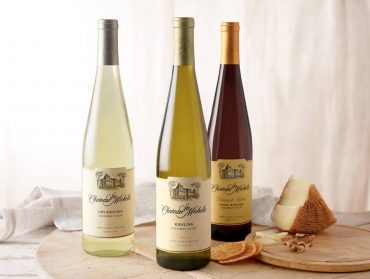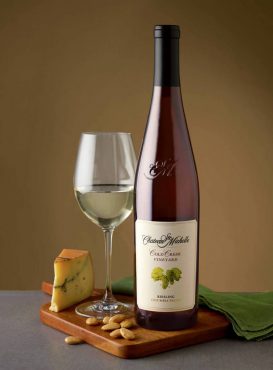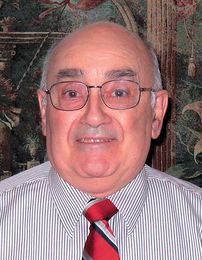
Appreciation for riesling wines has never been as enthusiastic as one would expect. Its lack of popularity has confounded its winemakers as much as its history. The riesling vine is said to be traced back to Germany and the year 1435. Throughout the history of riesling, there are numerous writings about this grape, mostly coming from 1552 to 1721. Most of these writings come from Germany and describe this grape growing in the Rhine Valley.
By the end of the 19th century, riesling was the dominant grape variety in the Rheingau region of Germany. But the early 20th century saw a rapid decline in the acceptance of the wine that appears to have lasted until recently. This prompted German grape growers to reserve land especially for growing this grape, and now the riesling grape is treated as a national treasure in Germany.
The first reference to this grape in Australia was in 1820 in New South Wales. Riesling wine means different things to different people and in Australia, the word riesling actually refers to any sweet wine variety. Stricter laws have been enforced recently, so when you see riesling on the label, you are, in fact, getting a wine made from riesling grapes.

Washington state appears to be bringing back this variety and its acceptance has been increasing. When I have the urge for sweet wine for dinner, I look in my wine cabinet for riesling. Right now this is what is in the wine cabinet:
Chateau Ste Michelle, Dry Riesling, 2012 (Woodinville, Washington), $10
Style: dry; light straw color; aromas: floral and mandarin; beautiful fruit flavors; palate: crisp and refreshing; medium body; elegant finish. Food pairing: crab, scallops, mild cheeses, Asian dishes and Indian curries. (Alc. by volume: 13 percent)
Chateau Ste Michelle, Riesling, Columbia Valley, 2012 (Woodinville, Washington), $10
Style: off-dry riesling; light straw color; aromas and flavors: ripe, white peach character with subtle mineral notes; palate: refreshing; medium body; balanced finish. Food pairing: easy to match with a variety of foods. (Alc. by volume: 12.5 percent)
Chateau Ste Michelle, Harvest Select Sweet Riesling, 2012 (Woodinville, Washington), $10
Style: medium sweet; light straw color; aromas and flavors: ripe peaches and apricot; palate: crisp acidity; medium body; balanced finish. Food pairing: fresh fruit, crab, Asian dishes, mild cheeses. (Alc. by volume: 10.5 percent)
Chateau Ste Michelle, Cold Creek Riesling, 2012 (Woodinville, Washington), $18
Style: sweet; light straw color; aromas and flavors: ripe peaches, dried apricots and hints of spice — allspice, black pepper, cloves and nutmeg; palate: beautiful fruit intensity; medium body; crisp finish. Food pairing: crab, fresh fruit, poultry, mild cheeses and Asian dishes. (Alc. by volume: 12.5 percent)
Over the past few years, our wine tasting group has had the pleasure of tasting a number of Washington state riesling wines from different wineries and different years. These include Avery Lane ($7), Hogue ($9), Hogue Genesis ($16), Covey Run Dry Riesling ($8) and Washington Hills Late Harvest Riesling ($9). A dry riesling is made from grapes that have full, ripe flavors but not too much sugar, giving it a slight perception of sweetness. On the other hand, a late-harvest riesling has a rich, fruity sweetness that goes well with the natural sugars of roasted pears in a free form tart.























Comments